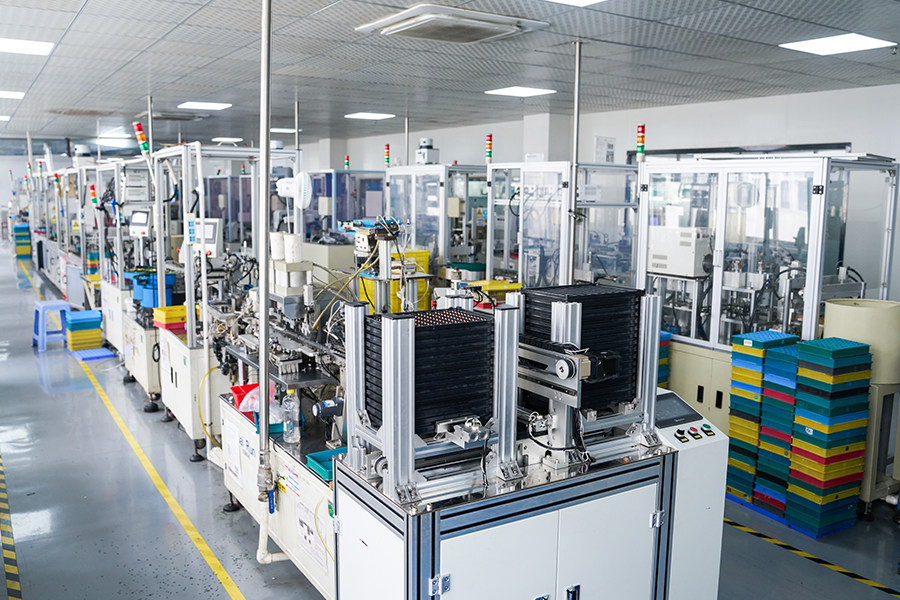In industrial automation and electrical system design, selecting the right relay is critical. Both General Purpose Relay and Industrial Control Relay play roles in different parts of a system. To help engineers, system integrators, and buyers make the right choice, this selection guide provides practical criteria, trade-offs, and decision steps.
Key Selection Criteria
When choosing between (or among) relays, consider the following factors. These apply whether you're selecting a General Purpose Relay or an Industrial Control Relay.

1. Load Type & Electrical Characteristics
Resistive, Inductive, or Capacitive Load
Motors, solenoids, coils, and transformers are inductive loads; they generate inrush current and back-EMF. The relay must be specified to handle those phenomena.
Rated Current & Inrush Current
The nominal load current and the startup (inrush) current are often very different, especially for motors. Select a relay whose contact rating (especially for inductive loads) exceeds the expected peak.
Switching Voltage
The relay must be rated for the circuit’s voltage (AC or DC); ensure the breakdown and isolation voltages are appropriate.
2. Switching Frequency & Duty Cycle
If the relay will switch many times per hour (or per minute), its mechanical and electrical life must support that frequency. General purpose relays often have lower rated life cycles than heavy industrial ones.
For continuous or high-duty operations, favor relays with robust contact design and materials.
3. Environment & Mechanical Constraints
Temperature, Humidity, and Contaminants
For harsher environments, you may need sealed or hermetically protected relays to resist dust, moisture, or corrosive agents.
Vibration and Shock
In industrial machines or mobile equipment, vibration resistance is critical. Relays with better mechanical robustness are preferred.
Space, Size & Mounting Format
Consider the physical footprint, height, and mounting style (PCB mount, socket, DIN rail, flange, etc.). This affects both general purpose and industrial control relay choices.
4. Coil Voltage & Drive Requirements
DC vs AC Coil
The control signal may be DC or AC. Ensure that the relay coil is compatible.
Coil Power / Current
Especially for battery-powered or low-power control circuits, the coil drive current matters. A relay with lower coil power consumption is beneficial.
Must-Operate and Must-Release Voltages
Know the threshold voltages at which the relay reliably picks (closes contacts) and drops out (opens). Design the drive circuit accordingly to avoid chattering or misoperation.
5. Contact Configuration & Quantity
Number of Poles / Throws
SPST, SPDT, DPDT, etc.
Normally Open (NO) vs Normally Closed (NC)
Choose according to how you need the circuit to behave fail-safe.
Form (make-before-break or break-before-make)
Some stepping or switching circuits require one behavior or the other.
6. Lifespan, Reliability & Safety Margins
Mechanical Life vs Electrical Life
Mechanical life means how many cycles the mechanism can endure under no load; electrical life refers to cycles under load.
Derating / Safety Margin
It’s prudent to select relays rated for higher than anticipated load to allow margin for degradation, aging, temperature variation, and safety.
Contact Material
Materials like AgSnO₂, AgNi, etc., have different behavior under arcing, fatigue, and contact welding risks.
7. Protection & Suppression
For inductive loads, relays often require snubbers (RC networks), diodes, varistors, or transient suppression to protect contacts and reduce electromagnetic interference.
Some industrial control relays are designed with suppression built in or compatible modules for surge protection.
8. Certification, Standards & Compliance
Ensure the relay meets applicable industrial and safety standards (e.g. UL, IEC, RoHS).
For power distribution or industrial settings, regard utilization categories (e.g. AC-15. DC-13).
Quick Contact
Yueshang Innovation Park, Wengyang Street, Yueqing City, Zhejiang, China
Pages
Stay In Touch
If you have any questions or need help, feel free to contact with our team.